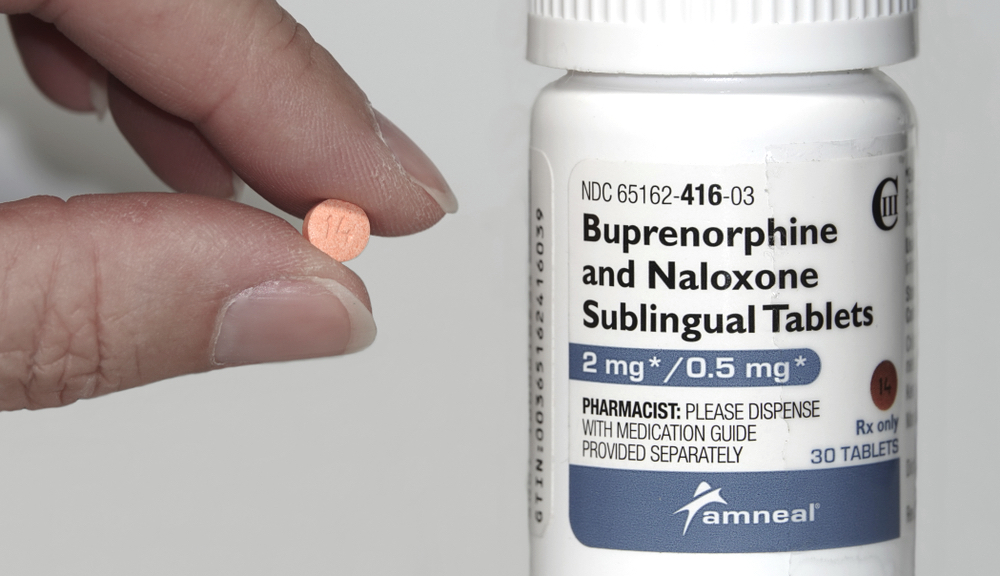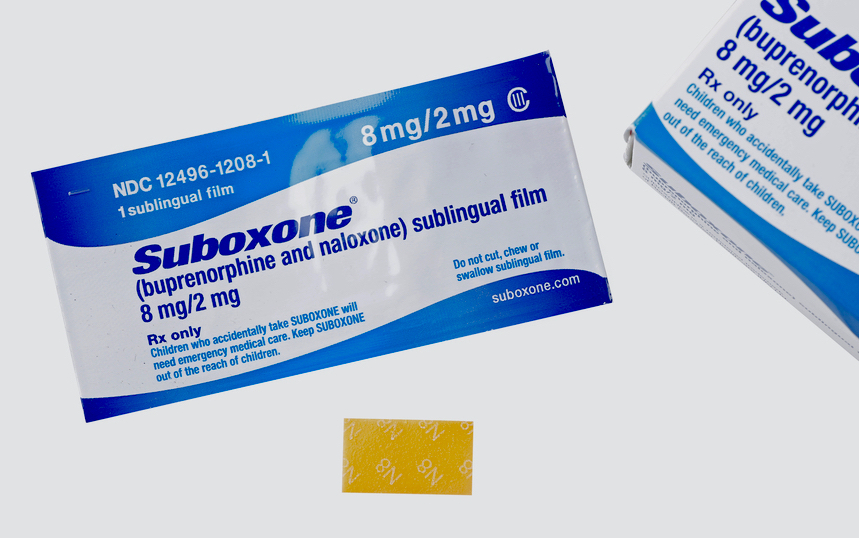How Long Does Suboxone Block Opiates?

If you or someone you know has been struggling with opioid addiction, the name "Suboxone" might have crossed your path. As one of the leading medications in medication-assisted treatment (MAT), Suboxone has garnered attention for its effectiveness in helping individuals overcome their dependence on opioids.
But have you ever wondered how long Suboxone actually blocks the effects of opiates? Does it provide a temporary solution, or does it offer lasting relief from withdrawal symptoms and cravings? In this blog post, we will look into this topic in more detail and provide a better understanding of how the drug works.
Contact Us Today for a Confidential Assessment.
Call (877) 959-5909 Now to Speak with a Specialist
What Is Suboxone?
Suboxone is a medication commonly used for the treatment of opioid addiction, including addiction opioid medications such as codeine, morphine, hydrocodone, and illicit opioids like heroin. It contains two active ingredients, buprenorphine and naloxone, which make it effective in addressing addiction.
One of the main benefits of Suboxone is that it blocks the stimulation of opiates for approximately 24 hours. However, the effectiveness of the drug can vary from patient to patient and is influenced by the prescribed dosage determined for each individual.
How Does Suboxone Work?
Buprenorphine was initially utilized for pain management prior to its application in treating opioid addiction. In 2002, sublingual buprenorphine gained approval for utilization by qualified practitioners within authorized medical settings. While it does exhibit some opioid effects, it functions as a partial opioid agonist, effectively reducing cravings.
Additionally, it hinders the impact of other opioids, although it should not be combined with them. Its formulation as a partial opioid results in a 'ceiling effect' and its affinity for the mu receptor produces a long-lasting effect with an elimination half-life of approximately 36 hours. This duration of action is sufficient to stimulate opiate activity for one day in most patients.
Buprenorphine, the active component found in Suboxone, is one of three medications approved by the FDA for medication-assisted treatment (MAT) in addiction management. The other two drugs are methadone and naltrexone. Unlike methadone, which is exclusively available through specialized treatment programs that typically require daily visits, both buprenorphine and naltrexone can be obtained from pharmacies and digital health services.
Buprenorphine has unique pharmacological properties that set it apart from other opioids. Unlike heroin and other full opioid agonists, the dosage of buprenorphine generally remains stable or decreases over time, instead of leading to escalated tolerance.
When Suboxone is taken, the buprenorphine in the drug attaches to the brain's opioid receptors. However, Suboxone does not activate these receptors as strongly as heroin or methadone. Regardless of the amount ingested, Suboxone can only provide a limited level of opioid stimulation, but it is sufficient to prevent withdrawal symptoms.
Best Treatment for Opioid Addiction in Anaheim, CA
Combining medication like Suboxone with psychosocial treatments is one of the most effective approaches to treating addiction. Recovery from drug addiction involves more than just eliminating the drug itself. It requires repairing and rebuilding all aspects of life.
Once drug use is stabilized, there are many other areas to focus on, such as repairing relationships, finding employment, managing finances, securing housing, attending counseling sessions, and more. The long-lasting and "ceiling effect" of Suboxone allows patients to function better and concentrate on other aspects of their recovery. This is why Suboxone is frequently prescribed as part of medically assisted treatment for addiction.
At Anaheim Lighthouse, our team of experts provides a comprehensive treatment program with integrated medical and psychosocial services. We are committed to providing the highest quality of care tailored to each person's unique needs.
We understand that opioid addiction recovery is not a linear process. It requires ongoing personal effort and dedicated support from professionals, peers, family, and friends. Our team of qualified counselors provides the guidance needed to help patients stay focused on their recovery journey.
If you or someone you know is struggling with opioid addiction, Anaheim Lighthouse can provide the assistance needed for success in recovery. Contact us today for more information about our programs and services. We are here to help you or your loved one find lasting relief from dependency.
Medically Reviewed by:

Preet Joneja is the Clinical Director at Anaheim Lighthouse in Anaheim, California. She is a Board Certified Clinical Psychologist with over 20 years of experience working with individuals suffering from mental and emotional disorders.
Related Topics:
Does Suboxone Shows Up On A Drug Test?
Sources:
Velander, J. R. (2018, January 1). Suboxone: Rationale, Science, Misconceptions. PubMed Central (PMC). https://www.ncbi.nlm.nih.gov/pmc/articles/PMC5855417/
Medical Disclaimer:
Anaheim Lighthouse provides fact-based information about the nature of health conditions, treatment options, and their related outcomes to enhance the quality of life for those who are battling with substance use or mental health disorders.
Our content is carefully researched, cited, edited, and evaluated. Nevertheless, please note that our materials are not meant to substitute or serve as a replacement for competent medical advice, diagnosis, or treatment. Hence, it is essential to consult your physician or other qualified healthcare providers for guidance.















